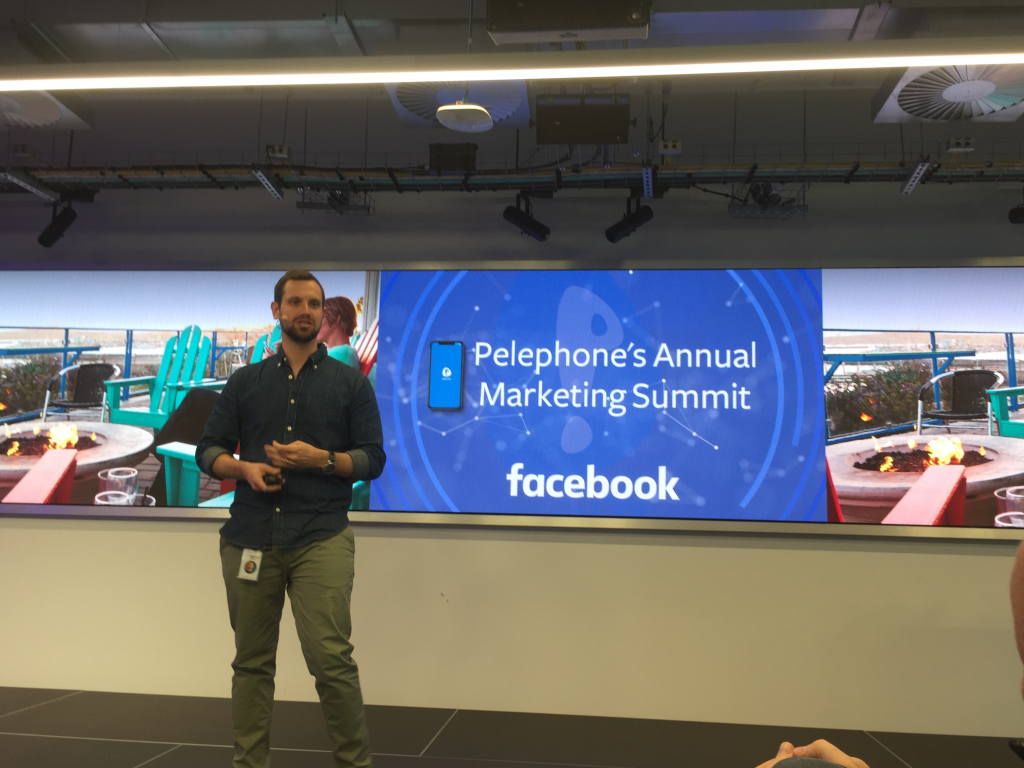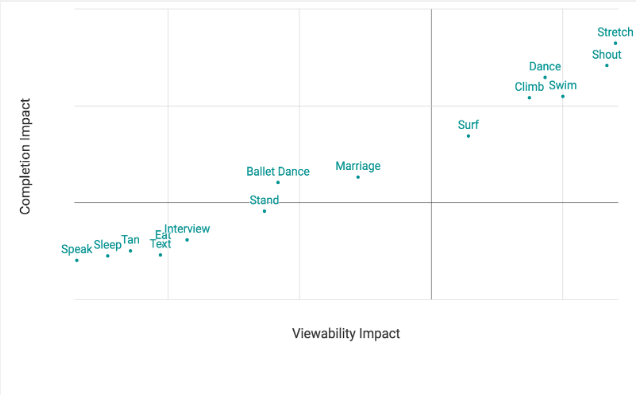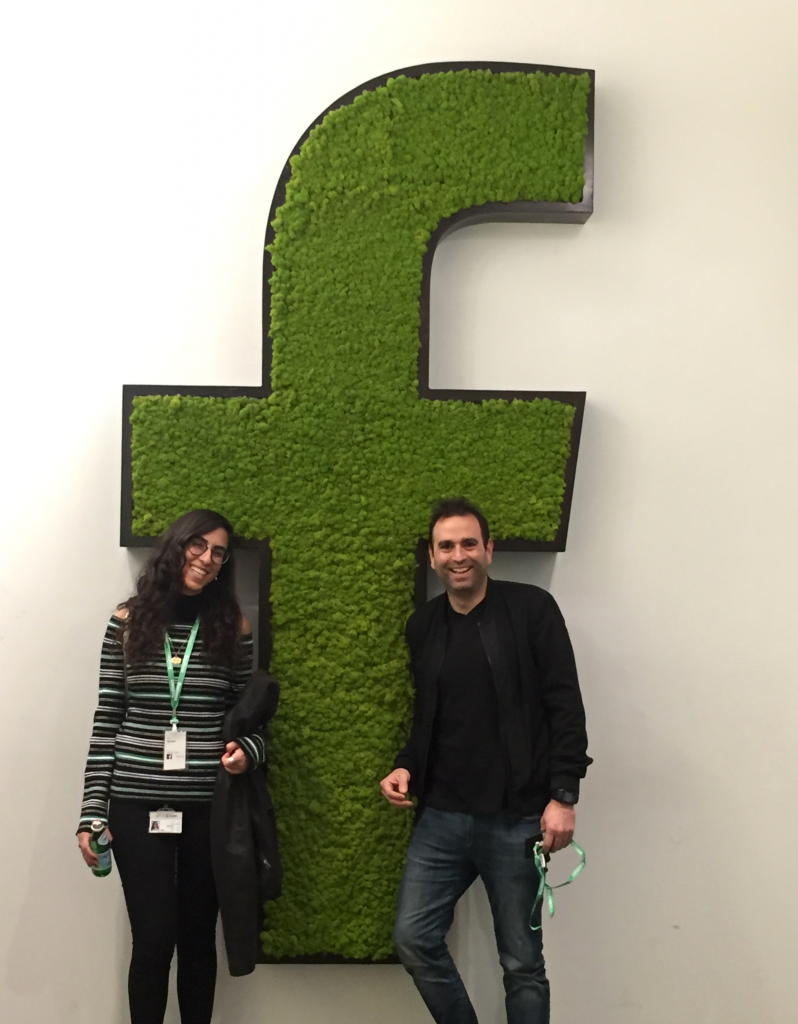One of my favorite aspects of my job is the chance to get together with leaders at other technology companies in the industry to understand what’s trending on their networks. I find it fascinating to see which trends are similar, which are different and the similarities between our predictions for the future of digital.
I did this with YouTube a couple of months ago in Singapore. A few weeks ago, I was fortunate enough to do this with Facebook as well. I was invited to an annual marketing summit at Facebook Israel to speak about video trends. As part of the event, Tomer Grinapell, Head of Travel & Tech-Telco at Facebook gave a fascinating session about Facebook and Instagram video trends followed by my session, which focused on video trends on the open web.

Consumers are exposed to an incredible number of brand messages every day
According to the American Marketing Association, consumers are exposed to 10,000 brand messages in one day. So, no matter where you choose to promote your ad, the competition is steep.
Digital platforms like Facebook, Youtube and Taboola are constantly trying to answer this question: what are the creative characteristics that grab the consumer’s attention despite this steep competition? Especially when it comes to video.
On-the-go, lean forward and lean back – the 70:20:10 approach
One aspect of a good video that Tomer focused on was to ‘match how people watch.’ He shared three different ways that consumers experience video, which as you’d expect, all require different kinds of creatives:
- On-the go, or, when attention spans are shorter. In this state of mind people tend to quickly scroll through their feed, spending limited time on a video before moving along. Research indicates that this state of mind counts for 70% of our time spent on mobile.
- Lean forward, which is an experience that includes more engagement, like tapping, swiping and exploring.
Research indicates that this state of mind counts for 20% of our time spent on mobile. - Lean back, which includes consumers with high attention spans who are dedicated to consumer content.
Research indicates that this state of mind counts for 10% of our time spent on mobile.
Interestingly, these three consumer experiences can be perceived as similar to YouTube’s Bite, snack, and meal-sized videos and to Taboola’s recommendations regarding different video lengths.
Movement: the survival instinct that works for digital
One of the creative recommendations that both Tomer and I had was to include movement in videos. Following the above, Tomer emphasised how movement contributes to success—specifically in the ‘on-the-go’ state of mind when attention spans are shorter.
I shared an internal analysis that showed action types with a lot of movement—like surfing, climbing and dancing— which perform better than other action types like sleeping, texting and eating.

From the survival perspective, humans instinctively have looked towards moving stimuli because this skill was crucial for survival. It helped detect dangerous animals in the jungle, and still helps us notice that frisbee flying straight to your face when you’re relaxing on the beach.
Being you: it always works
Authenticity or ‘being you’ in video ads really works.
On social networks, it’s pretty intuitive: consumers go to Facebook and Instagram because they want to make real social connections. Tomer spoke about the power of authenticity in general, and on Instagram Stories in particular, as Instagram’s Stories exist in a more fun, playful and sincere environment.
This is a trend we’re seeing on Taboola as well, and one of the reasons why we see standard quality videos doing so well. We think this trend is related to the raw feel that you get from standard quality.
Intrusive experiences don’t work
Finally, let’s face it, the ad experience is often intrusive to the consumer.
One of the things that both Facebook and Taboola are proud of is creating an experience that engages instead of disturbing the consumer.
Recently, we commissioned a study to see how consumers react to the same video that appeared in an intrusive (mid article and pre-roll) and non intrusive (Feed) environment, and found that participants rated the same video ad as 2.4X more favorable when it appeared in a non intrusive environment.
This is why many brands who come to promote their video on Taboola explain that they do so because they know that the feed experience is a positive one for consumers.
We’re all in this together
Every marketer, no matter what country they’re from, and no matter which channel they’re advertising on is aware of the difficulties rising from short attention spans and absurd numbers of brand messages.
When planning your next video campaign remember to:
- Keep the consumer’s mindset in mind
- Include movement in your video
- Don’t be afraid to be real in your videos
- Keep in mind the power of a non-intrusive experience
